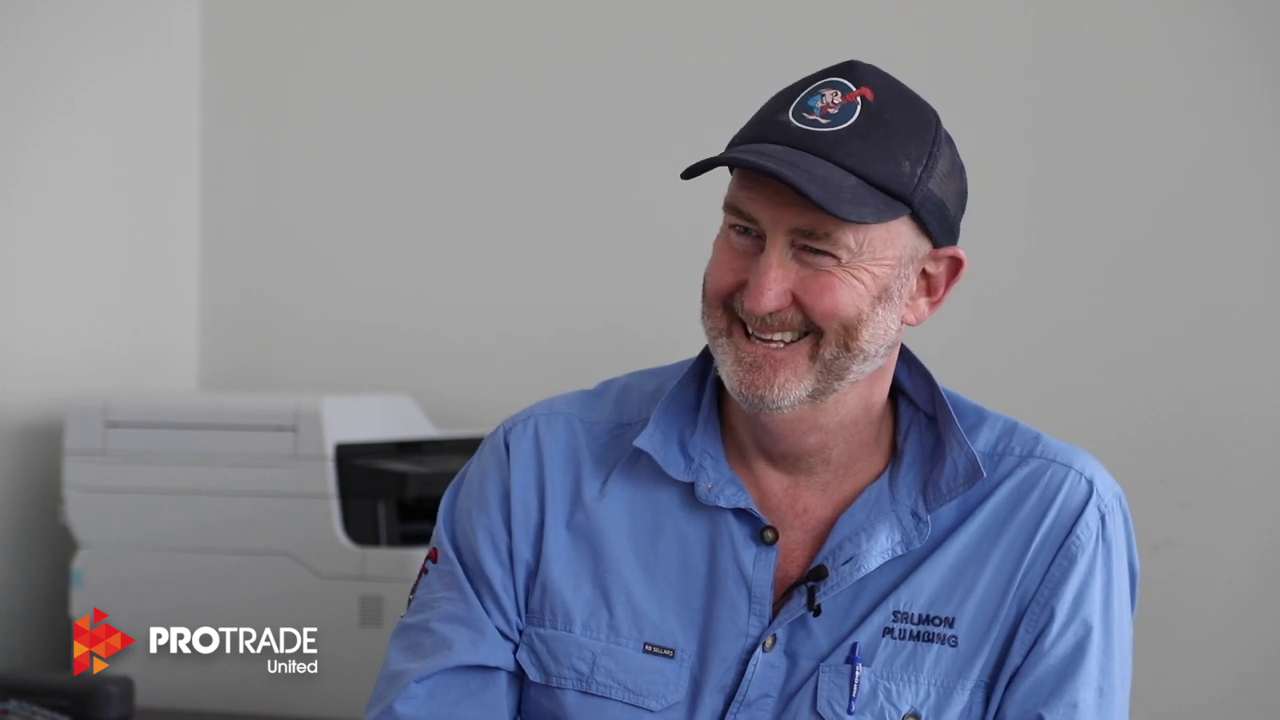For example, you could say, “If you engage us to do a job and we don’t show up on time, we pay you $200.” Wouldn’t that be a surprising point of difference?
Address Pain Points
Following up on the example above, this not only displays you being different, but also cover another key point, which is addressing the pain points. Think about the pain points customers are facing when engaging a tradie such as one in the residential service maintenance space. The person said they’re going to be there, but they never show up. Or they said they’re going to call and you never heard back from them. Brainstorm how you can solve those pain points in a way that makes it an absolute no-brainer for customers to choose you.
Back Your Brand
Consider taking a bold step to back your brand. By offering to pay $200 or waiving out the call out fee if you don’t show up on time, this fortifies your brand with the value of punctuality. This approach not only demonstrates your commitment but also offers a surprising and reassuring point of difference. Whatever it is, there needs to be a risk for you. It addresses a common pain point – unreliable service providers – in a tangible way.
Quality Assurance
Another angle could be emphasizing the quality of the products you use. Instead of simply claiming “better quality,” you can state, “We select products based on their guarantees and warranties to ensure the best results for you.” This approach shifts the focus from being better to being meticulous in product selection as you are only working with the best, which can be an attractive differentiator.
You could also highlight them as a point of quality control. For example, “We implement a 25-point quality guarantee checklist to ensure your 100% satisfaction before final payment.” Many businesses may have a similar checklist, but the key is in the way you articulate it as a unique feature.
Quantify and Qualify
One common challenge is that many businesses struggle to quantify or qualify their points of difference. They often revert to generalities, slipping back into the sea of sameness. The reality is, it’s not the surface issue that has them choose you. They are looking for certainty that the job will be done if they trusted you to do what you said you are going to do. If you have several key points of differences and you articulate them well, they will lean more towards your business.
Risk Reversal
Are you prepared to put your brand and company on the line financially? If you make a promise, can you back it with a guarantee or financial commitment? It can’t be vague or ambiguous; but it needs to be clear and unequivocal. Customers need to know whether you delivered on your commitment or not.
When you put your brand and your company on the line in this way, it becomes memorable. People talk when there’s something remarkable about your business, something that sets you apart from the competition. People love to refer people to you by telling their colleagues, friends, and family about you.
In conclusion, think about how you can articulate your point of difference. Don’t shy away from backing your brand or taking calculated risks. When you can communicate two to three clear points of difference and truly own your unique value proposition, you’ll find customers lining up to do business with you. Your brand will become the talk of the town, and your reputation will soar. Stand out, be different, and thrive in the sea of sameness. If you’d like support in brainstorming and refining your unique value proposition, please be in touch.










